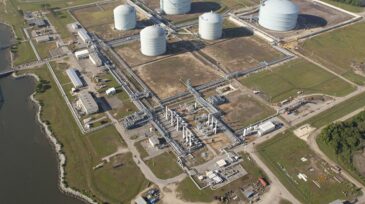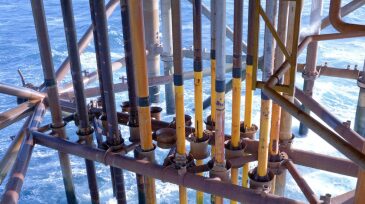Onshore/Offshore Facilities
Sponsored
Advance your career with the new Pipeline Engineering Program at the Technical University of Leoben, a 5-month course combining on-campus and online learning, integrating industry expertise, engineering practice, and future-ready skills for professionals in oil, gas, and emerging energy systems.
Plans call for license partner Aker BP to serve as operator during the development phase, with operatorship reverting to DNO after first oil in 2028.
Production from the Búzios field now tops 1 million B/D with six floating production systems in operation and more on the way.
-
Westwood forecasts a recovery in the subsea market backed by a new wave of offshore investment. Subsea vessel operations and hardware expenditure are expected to total $152 billion from 2019 to 2023.
-
The US EIA projects LNG export capacity will rise to 8.9 Bcf/D by the end of next year, making the US the third-largest exporting country in the world behind Australia and Qatar.
-
Venture Global LNG awarded the EPIC contract for its Calcasieu Pass LNG export facility to Kiewit. FID is expected in 2019, completion in 2022.
-
The firm hopes to remedy the cost-, labor-, and time-intensive process of executing offshore projects through deployment of “Subsea Connect,” which it says can cut project development costs by 30%.
-
Creativity and innovation have long characterized production and facilities, and this year is no exception. The economic challenges of the oil industry clearly have provided a strong stimulus for even more creativity and innovation.
-
This paper focuses on compressor systems associated with major production deferments. An advanced machine-learning approach is presented for determining anomalous behavior to predict a potential trip and probable root cause with sufficient warning to allow for intervention.
-
This paper presents an unbiased stochastic data-driven work flow in which surface and subsurface uncertainties are accounted for and their effects on facilities design and operational decisions are quantified.
-
An influx of new investment and operational efficiencies borne out of the oil price downturn have led to a drop in projected decommissioning costs. Decommissioning multiple wells in one campaign helped some operators achieve time savings of 33% per well.
-
The agreement calls for the two companies to partner on techno-economic feasibility studies and jointly assess investment opportunities across the LNG value chain.
-
TransCanada’s $8 billion Keystone XL pipeline may face another 8 months of delay after a court ruling raised issues with a 4-year-old environmental review.













